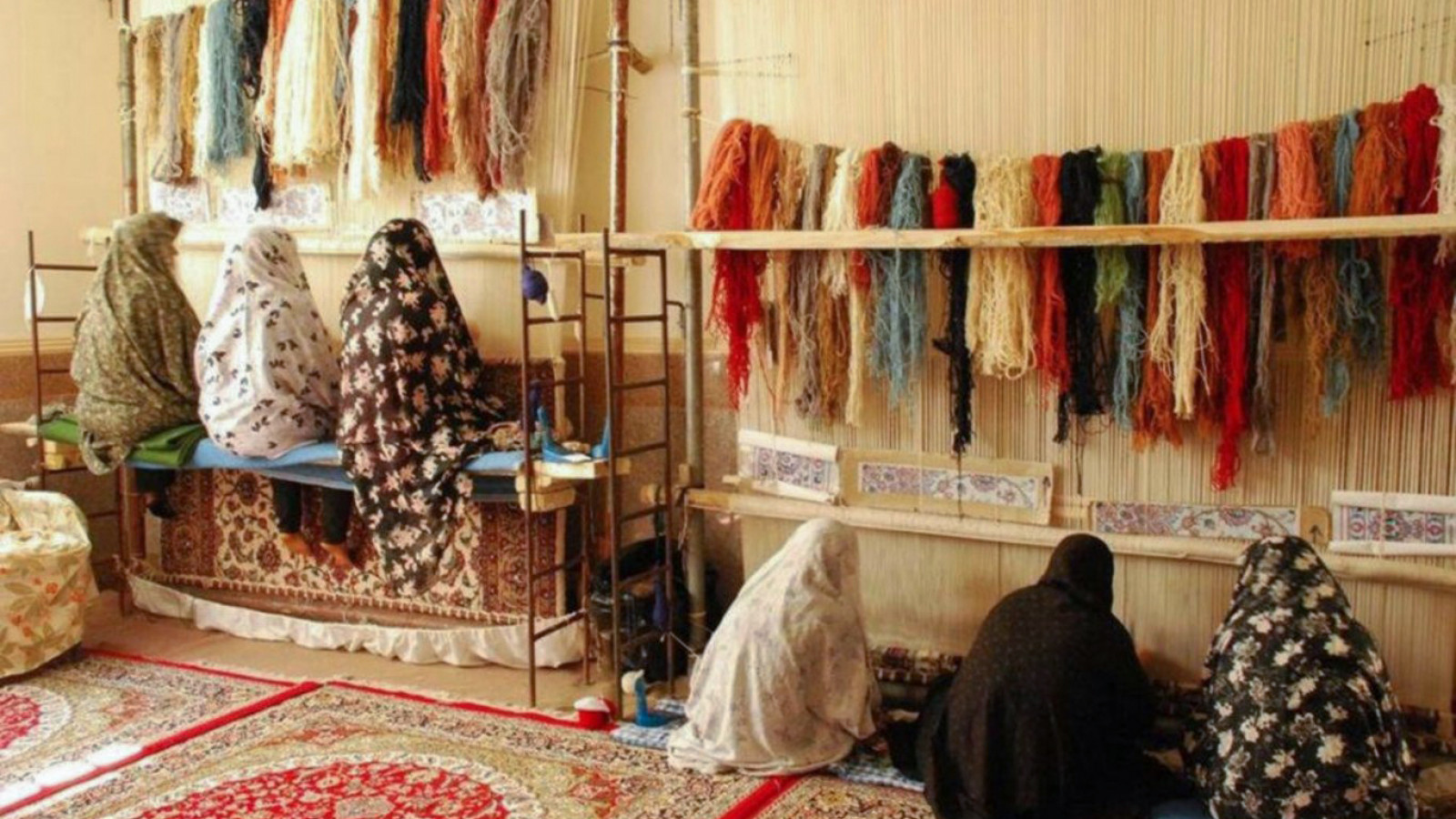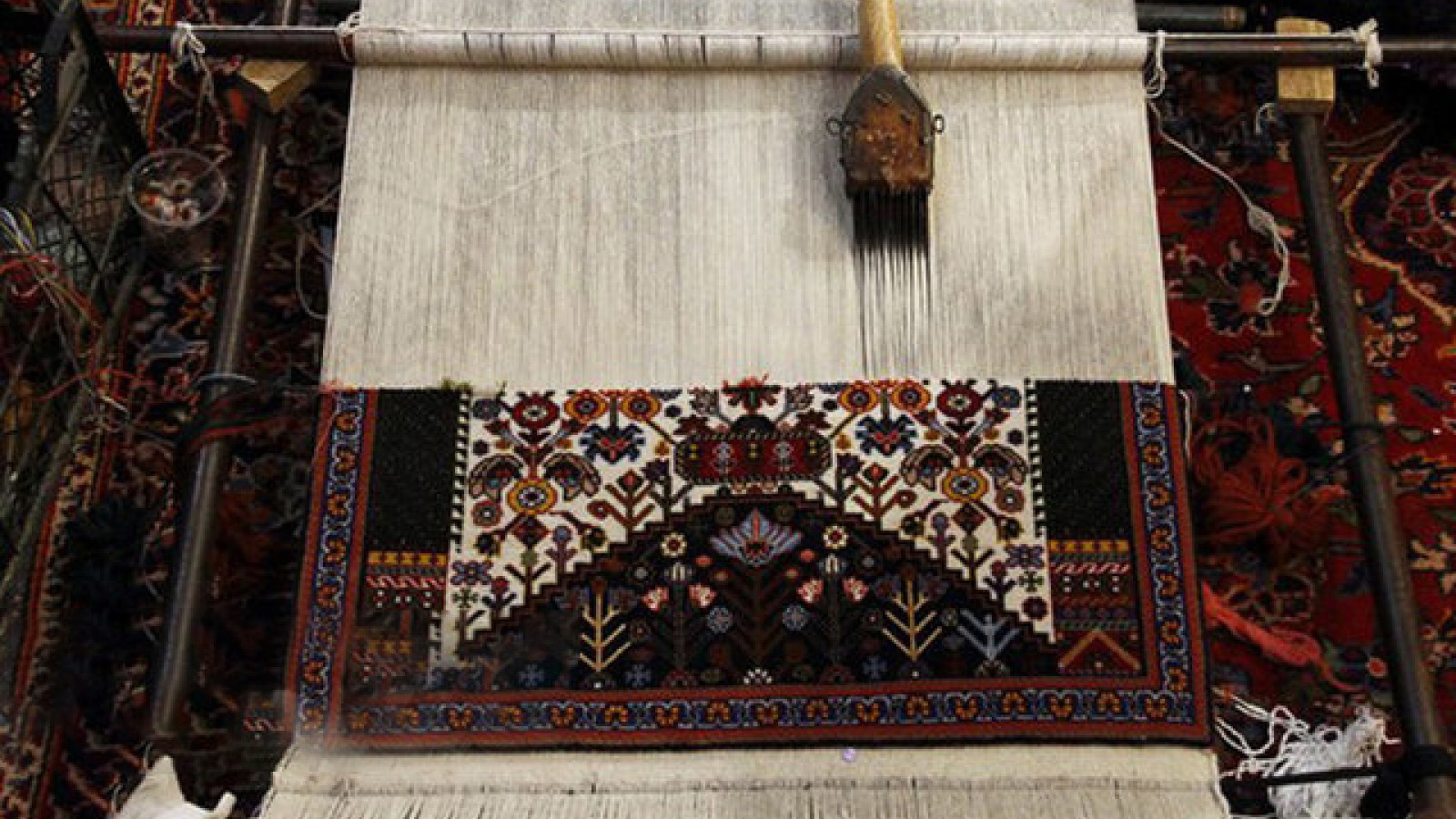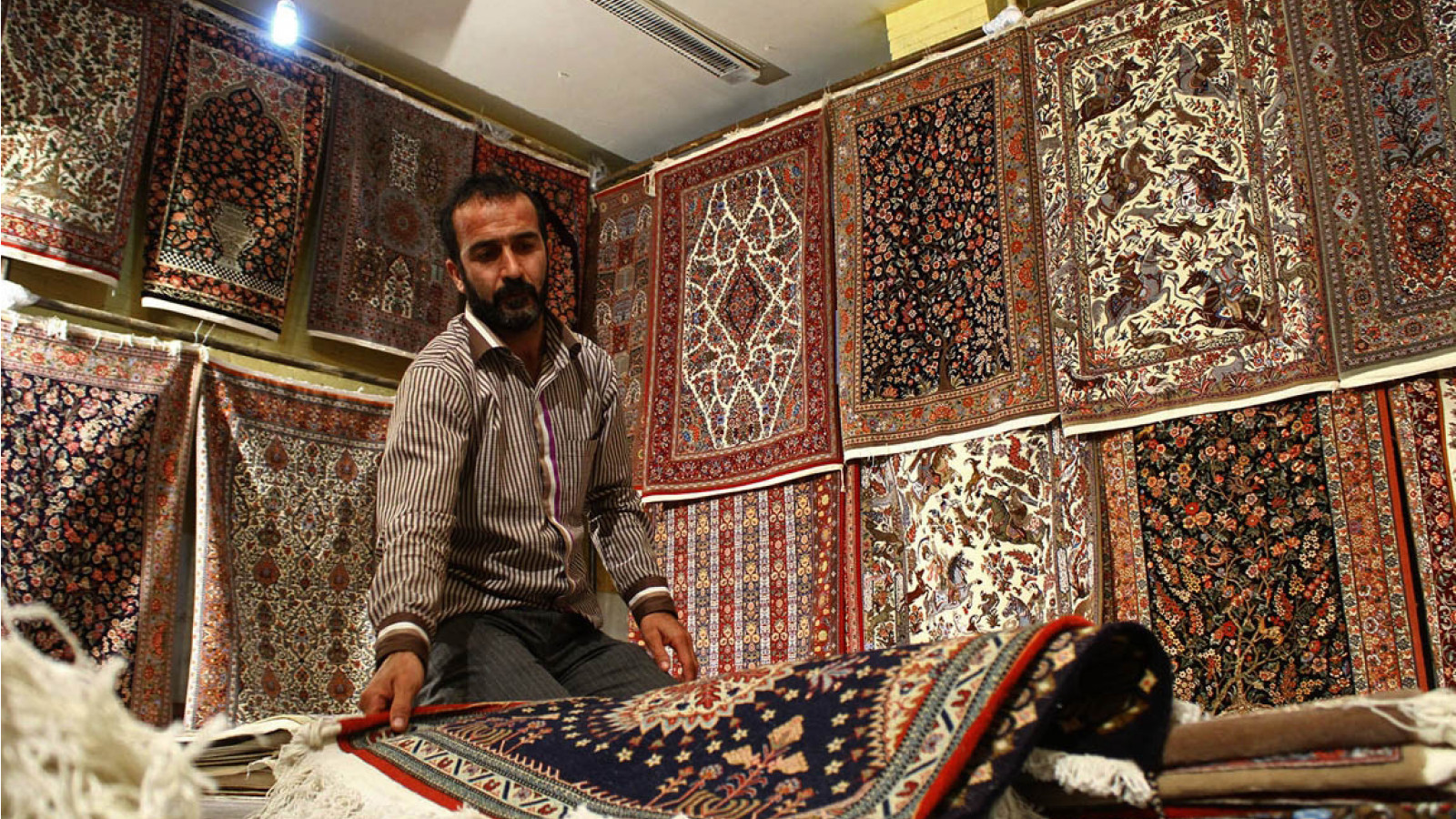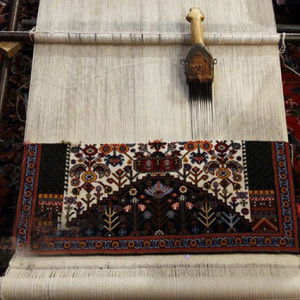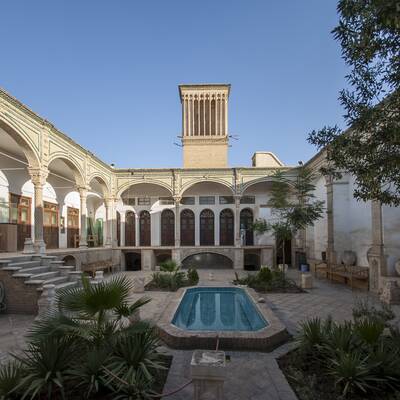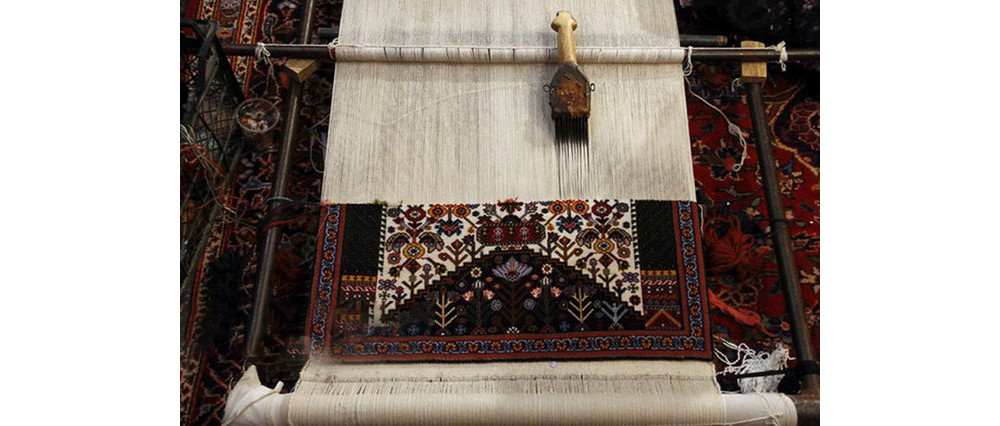
Qom Carpets
Carpets are one of the beautiful crafts that, after gaining fame between the foreigner buyers, formed and prospered in the city of Qom after World War II. Even though weaving unique carpets by nomadic people of Shahsavan was common and they produced their patterns from their memories, here we are referring to carpets that were produced in the newly formed city of Qom with only one-hundred-years history.
Back then great masters of Kashan carpets were invited to teach Qom weavers. One of the most interesting matters about Qom carpets, that today are one of the most famous and exquisite among the world, is that even though they were designed based on the patterns of Kashan carpets, Qom artists took the designs and, using their own taste, combined them with their traditions and innovated new patterns and knitting technics that resulted in unique carpets. Specialists consider Qom carpets one of the best products that, while they benefit from the traditional basics of designing such as symmetrical, sharpness and non-stop creation, proper innovation has helped them meet the expectations of new generations of buyers, too.
Qom carpets are usually made in workshops and in small sizes like 1x1.5 meters. They are made for decorative uses, however, due to the religious importance of Qom, prayer rugs are popular, too. Based on the size, these carpets can be divided into prayer rugs, small rugs, runners and carpets. These carpets are known as Silk carpets because the principal material of Qom carpets is silk and there are made partially or entirely of this yarn. This trait along with unique designs, have made Qom carpets a decorative, luxurious and export product, almost away from any simplicity and sincerity.
Today both symmetrical and asymmetrical knots are used to make carpets. But wraps are stretched based on Farsi technic. Delicacy and high skill levels of Qom weavers, small knots and high knot count (50 to 70 in each seven centimeters) and exact knitting are some of the specifics that makes it almost impossible for this hand kitted carpets to be distinguished from machine made carpets. Some of the most famous patterns of Qom carpets are “Bandi Kheshti” or “Bakhtiari” tiles, “Botehee”, “Derakhti”, “Shekargah” (hunting grounds), geometerics, “Joshghani”, “Shah Abbassi Lachak o Toranj” (paisley), “Shah Abbasi Afshan”, “Moharramat”, “Toranji Kaf Sadeh”, “Bandi Katibehee”, “Mehrabi”, G”ol Farangi” and “Zel ol-Soltani”. Qom carpets have most diverse color pallets of Iranian carpets and are usually made from bright colors.
